Grace Connected Safety™
The Future of Workforce Protection
The future of workforce protection looks bright with the advent of advanced safety technologies like Grace Connected Safety™. Our system offers industrial grade worker worn safety Pendants along with Grace Gateways; offering cellular, satellite, wifi and IP network connections to Grace Cloud Connect™. Grace Safety Pendant and Gateway hardware packages start at $2,100 and include the first year subscription to Grace Cloud Connect™.
Grace Cloud Connect™ is a subscription based self-monitored web portal to create text and email alarm notification and provides flexibility to assign your own monitoring attendants to set monitoring and check-in schedules.
The Grace Connected Safety™ system employs the latest technologies such as GPS tracking, fixed and mobile gateways, and satellite and cellular connectivity to ensure the safety of your workers. In the event of an emergency, Grace Cloud™ can quickly send alarm notifications to designated contacts, notifying them of the worker’s location and status.
Grace Connected Safety™ is a compliment to traditional non-subscription based Grace Lone Worker fixed facility systems extending beyond a fixed facility solution to provide safety monitoring to a mobile or remote Lone Worker.
Grace Cloud Connect™
Protect your workers on the go
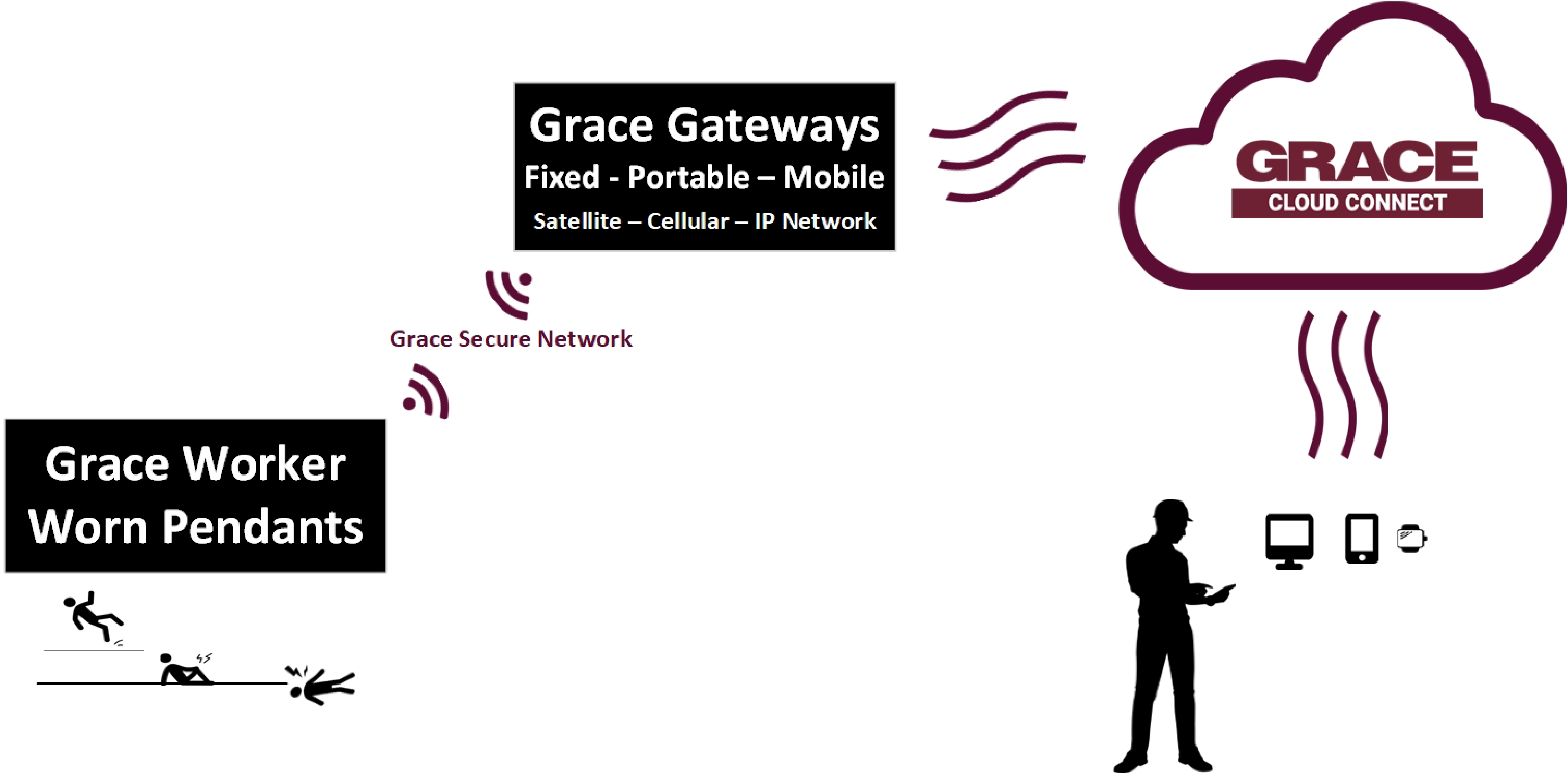
Protect Your Lone Workers
LEARN MORE .. CLICK ON A VIDEO BELOW …
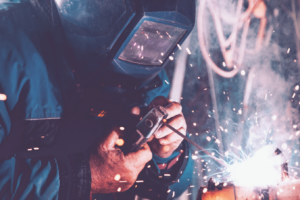
Introduction Video
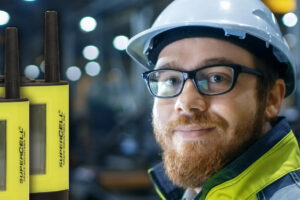
Pendant Video
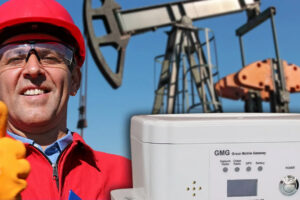
Gateway Video

Service Plan Video
Grace Cloud Connect™
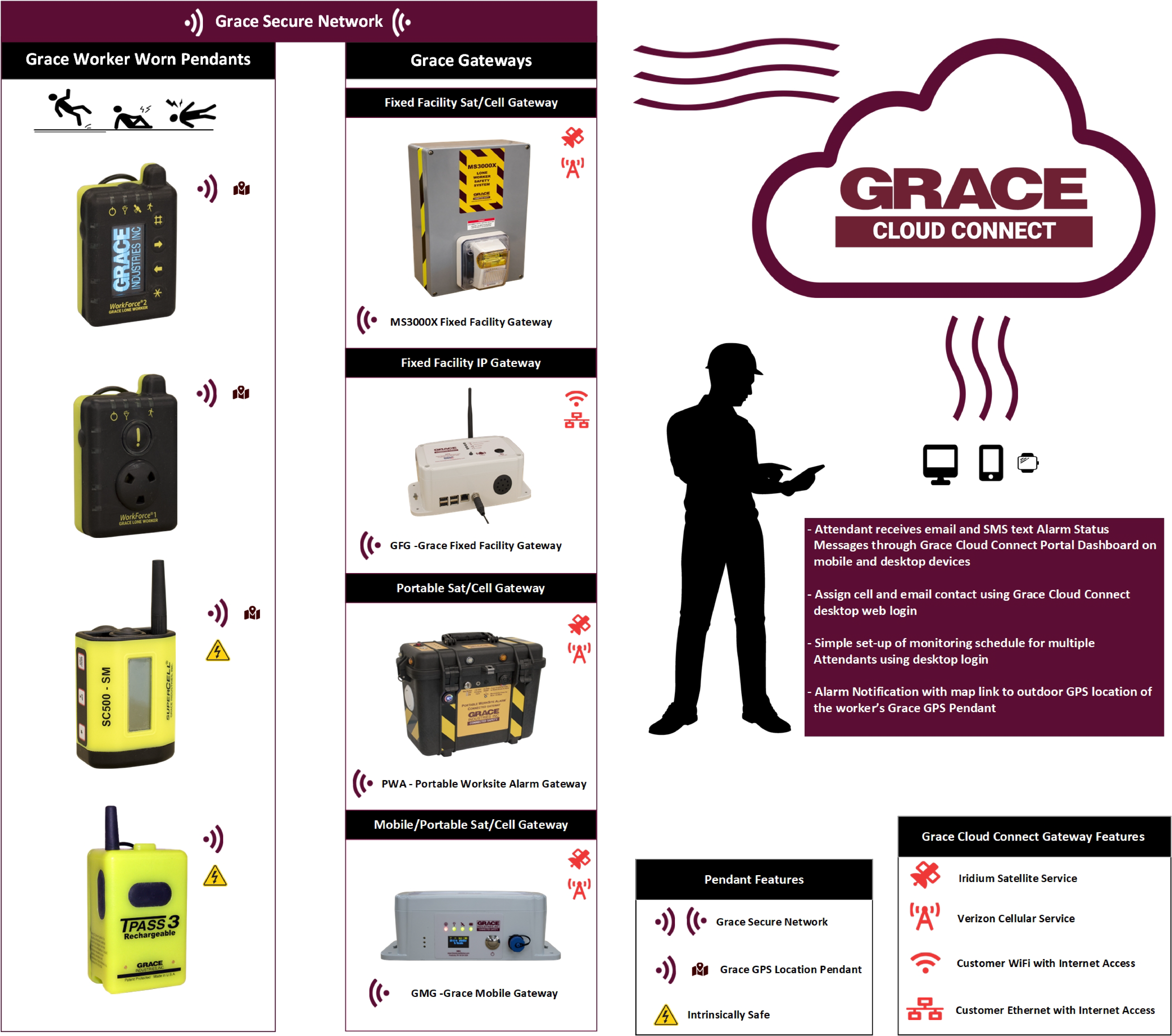
Frequently Asked Questions
Grace Connected Safety™
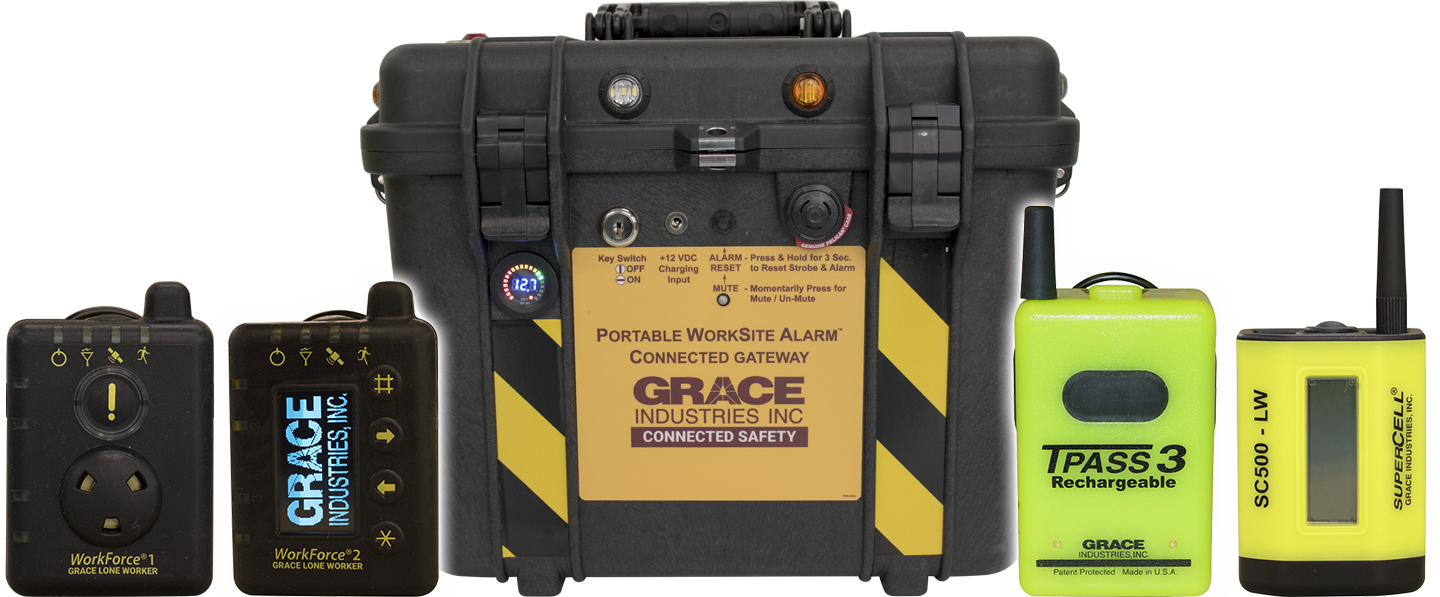
These are just a few examples of the many questions that people have about Lone Worker Protection & Fall Detection and Grace Connected Safety™. Contact us today for expert advice and guidance when it comes to choosing your workplace safety system.
What is a lone worker, and what are some examples of lone worker jobs?
A Lone Worker is an individual who performs tasks or operates in a working environment without direct or close supervision or interaction with other employees. It might be easy to assume that because even though there might be others working around each other that they are not Lone Workers, in reality, workers who work apart from each other can be very much alone and in need of a “buddy system ” to alert one another of distress.
These workers are found in various occupations such as warehouse workers, laboratories, security guards, field service technicians, maintenance workers, construction workers, delivery drivers, healthcare workers, agriculture and farm workers, real estate agents, retail workers, and research scientists. Workers who work alone or in isolated settings, requiring appropriate safety measures and tools like Grace Connected Safety™ to ensure their well-being and provide prompt assistance in case of emergencies.
What are the risks associated with lone worker jobs, and how can they be mitigated?
Lone worker jobs come with inherent risks due to the lack of immediate supervision or support. These risks include accidents, injuries, medical emergencies, physical assaults, and environmental hazards. Grace Connected Safety™ helps mitigate these risks by providing real-time monitoring and communication capabilities. Through features such as audible, visual, and vibrating alerts, lone workers can receive immediate assistance in case of emergencies or distress. The system also enables GPS tracking and mapping, allowing employers to locate workers and respond promptly to their needs. With Grace Connected Safety™, lone workers gain a reliable means of communication and access to help, enhancing their safety and well-being on the job.
What is fall detection and suspension trauma prevention?
Fall Protection remains in the top 10 OSHA violations. For people working alone and at heights, fall detection is an important feature any fall safety plan.
After a fall, the response time is critical for a worker hanging for a prolonged period of time placing them at serious risk of Suspension Trauma, defined as the loss of consciousness when hanging with limited movement. This danger is life threatening when response is beyond a critical time window of several minutes.
Personal fall arrest and fall restraint systems .. fall arrest devices .. active fall arrest .. safety harnesses and lanyards are just a few of the key words found around those who work at heights. The best fall protection plan will provide a user the means to self-rescue but what happens when a user is unable to self-rescue? What happens after a fall? Studies show that workers left hanging are at risk of suspension trauma, a deadly condition that can develop in a within less than 20 minutes.
The Grace WorkForce® product line provides reliable fall suspension trauma alerting and protection devices for a variety of industries including utilities, construction, arborist, scaffold workers and windfarms.
WorkForce® uses an advanced gyro/accelerometer sensor to detect a worker’s fall from heights and automatically transmits a wireless emergency alert without any action required by the worker. WorkForce® transmits this wireless emergency signal that is received by others facilitating a “prompt rescue”.
Workforce® Fall Detection and Suspension Trauma Prevention Systems are designed to help those who can’t help themselves and unable to self-rescue. WorkForce® detects a fall and immediately notifies others initiating a prompt rescue.
WorkForce® goes beyond the minimum requirements of fall protection. After a fall, Workforce® is the answer to what happens next.
What is the role of employers and employees in maintaining a safe workplace, and how can they work together to promote workforce safety?
Creating and maintaining a safe workplace is a shared responsibility between employers and employees. Employers have a crucial role in establishing and enforcing safety policies and procedures, providing adequate training, and ensuring the availability of appropriate safety equipment. They should conduct regular risk assessments, address identified hazards, and promote a culture of safety within the organization. Employees, on the other hand, play a vital role by following safety protocols, using provided safety equipment correctly, and reporting any unsafe conditions or incidents promptly. Collaboration and open communication between employers and employees are essential for promoting workforce safety. Grace Connected Safety™ can serve as an effective tool in this process, providing real-time monitoring, alerts, and communication capabilities to enhance safety. By leveraging the features of Grace Connected Safety™ and working together, employers and employees can create a safer work environment, mitigate risks, and ensure the well-being of the workforce.

